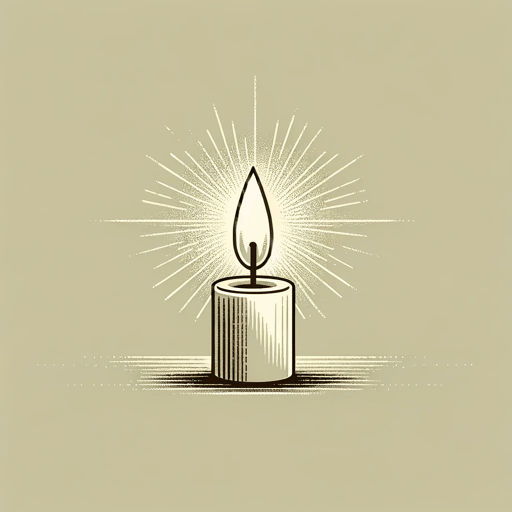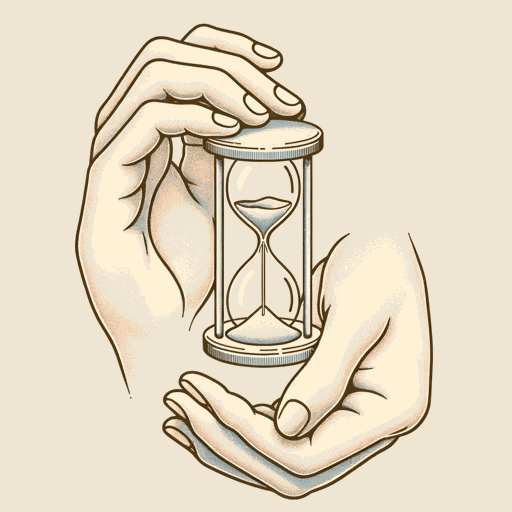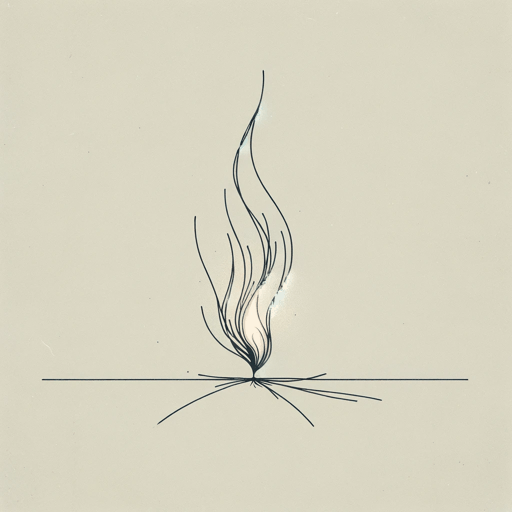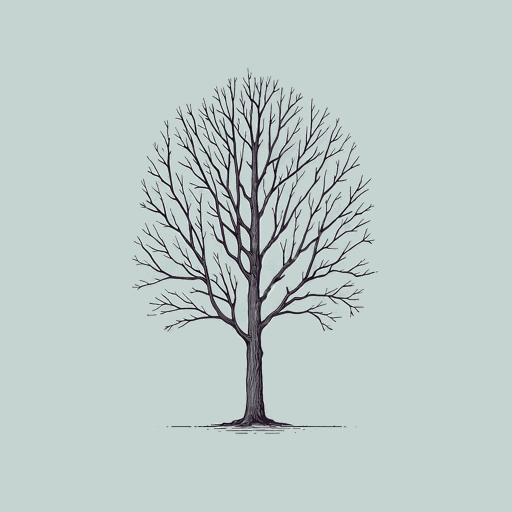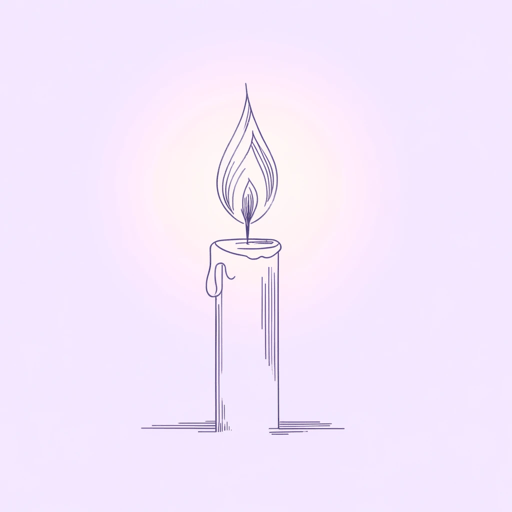42 pages • 1 hour read
Elie WieselDawn
Fiction | Novel | Adult | Published in 1960A modern alternative to SparkNotes and CliffsNotes, SuperSummary offers high-quality Study Guides with detailed chapter summaries and analysis of major themes, characters, and more.
Themes
The Post-Holocaust Jewish Experience
Like many of Elie Wiesel’s works, Dawn—and the entire Night Trilogy—is devoted to exploring the post-Holocaust Jewish experience. As an Auschwitz-Birkenau survivor himself, Wiesel imbued Elisha’s story with real-life details based on his own experiences. Elisha’s traumas at Buchenwald reflect one of millions of stories from Jewish concentration camp survivors. This is exemplified by his parents’ and community members’ deaths. In addition, Dawn touches on gentile Holocaust survivors’ experiences through characters like Stefan the German sculptor.
While addressing Jewish persecution by the Nazis, Wiesel explores the Jewish cultural relationship to that persecution. Even before the Holocaust, European Jewish culture was inextricable from what Gad calls a “persecution reflex.” Elisha has his own experiences with this reflex. When he learns about the Movement, he remarks: “This was the first story I had ever heard in which the Jews were not the ones to be afraid. Until this moment I had believed that the mission of the Jews was to represent the trembling of history rather than the wind which made it tremble” (17). This “trembling of history” refers to the numerous pogroms (antisemitic massacres) and exoduses that litter Jewish history, the latest being the Holocaust, the single most ambitious pogrom in modern history.
Related Titles
By Elie Wiesel
Featured Collections
Books Made into Movies
View Collection
Fate
View Collection
Good & Evil
View Collection
Guilt
View Collection
Historical Fiction
View Collection
International Holocaust Remembrance Day
View Collection
Memorial Day Reads
View Collection
Memory
View Collection
Military Reads
View Collection
War
View Collection
World War II
View Collection
